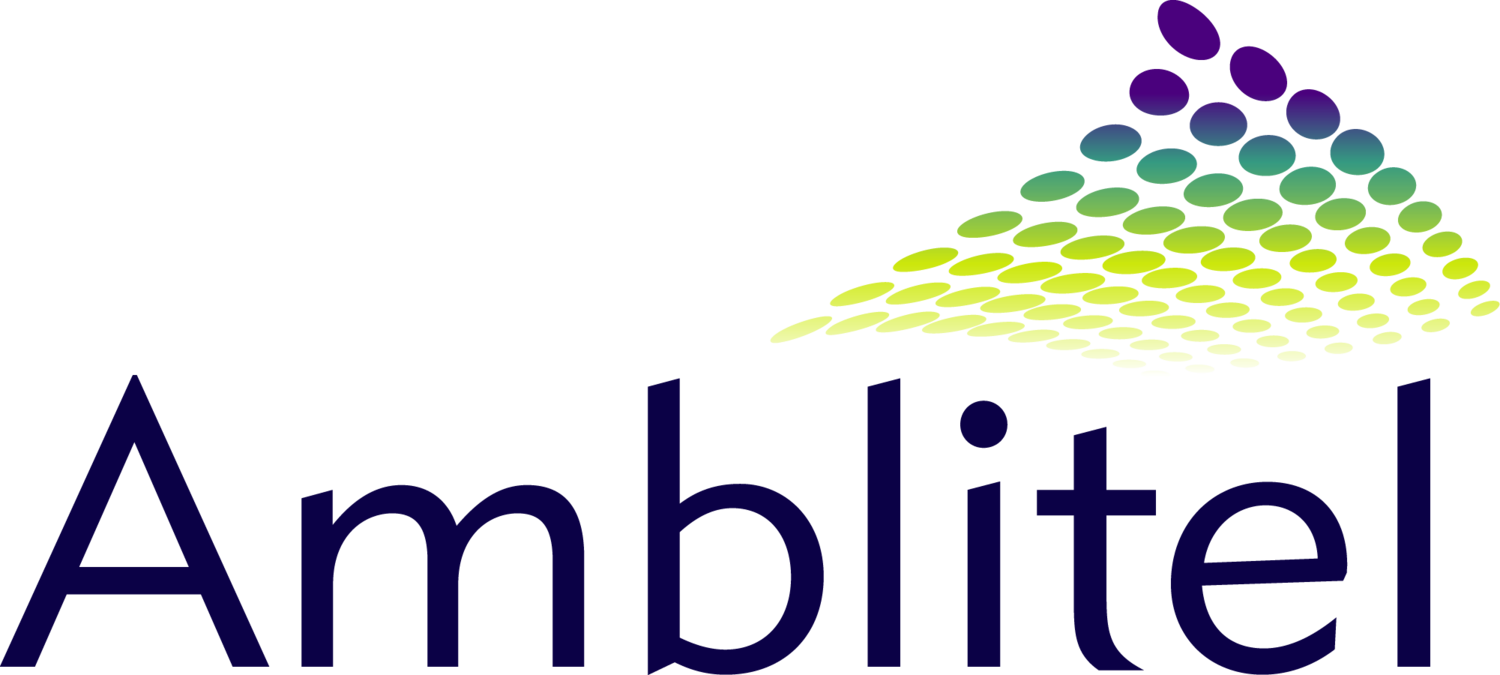Today’s healthcare leaders are tasked with identifying and closing revenue cycle process gaps to optimize workflows and improve profitability. There’s certainly money to be made in the ambulatory surgery business. Currently, total ASC market revenue exceeds $36 billion per year and is projected to reach $93 billion by 2024.
With that said, poor business practices—whether due to inexperienced staff, limited resources, outdated processes, or something else entirely—can cost ambulatory surgery centers millions of dollars in lost reimbursement. In fact, studies estimate that up to 25-30 percent of medical practice income is lost due to improper billing practices.
In addition to creating financial challenges, revenue cycle process gaps can even diminish the patient experience due to poor communication, disorganized staff, and billing mishaps. Here are some of the most common process gaps in revenue cycle management, and how optimization can help improve your financial performance:
1. Disjointed Front- and Back-end Functions
Separate front- and back-end functions can create obstacles and lead to delays, such as inability to obtain prior authorizations or verify insurance coverage, inaccurate billing or posting of payments, and failure to collect co-payments in advance of service.
These siloed front- and back-end functions often lead to process gaps that interfere with ASC operations and introduce revenue cycle concerns.
For example, confirming eligibility on the day of a patient’s appointment rather than during booking can slow down and impede payment processes—not to mention lead to potentially negative care experiences that can harm your facility’s reputation.
2. Lack of Automation and Technology
Outdated paper processes and manual workflows are a thing of the past, and can easily be automated for efficiency with the use of modern technology—but not every healthcare organization is on board just yet. Modernization can be daunting, especially for healthcare leaders who are particularly used to doing things in a certain way.
ASCs that follow outdated processes are prone to experiencing errors and inefficiencies that can harm both financial and clinical performance. Additionally, healthcare revenue cycle managers are unable to make decisions based on real-time financial, operational, and clinical data without technology. On the other hand, ASCs leveraging technology to automate manual, time-intense processes and making smart use of data to drive decision-making is almost always more efficient and more profitable.
3. Generic or Missing Clinical Documentation
Often, clinical documentation is generic, unclear, or missing the right information to properly file claims and get paid. In fact, the top reason ASCs receive claim denials is because of lacking information that’s needed to complete the adjudication process. Inadequate information capture and incomplete physician documentation are common errors that inevitably impede revenue cycle operations, adding duplicate work for staff members and leading to claim rejections.
Clinical documentation process gaps and errors not only slow down reimbursement and increase the administrative burden for ASC administrators but also cost facilities thousands of dollars. It can also expose ASCs to potential compliance risks, which can be easily prevented with proper documentation. As such, surgery centers need specific guidelines in place to ensure documentation compliance and avoid unwelcome issues.
Identifying and Closing Gaps With Optimization
To identify and address process gaps, revenue cycle leaders must take steps to optimize their workflows to operate more efficiently and minimize errors and delays. In order to do so effectively, start with a business assessment to identify your facility’s process gaps (like those outlined above) and potential solutions.
Digital-based workflows supported by technology improve accuracy and efficiency, empowering revenue cycle managers to streamline processes and maximize patient collections—all of which contribute to maximizing profitability. Examples of optimized ASC workflows include:
- Digitizing paperwork and processes
- Requiring upfront patient collections
- Submitting electronic eligibility verification
- Making decisions supported by data
- Using technology to work more efficiently
In addition to the right automation technology, you also need a detailed plan for reliable, efficient billing solutions to provide high-quality services and increase value throughout your revenue cycle process. By embracing technology to automate workflows, and carefully evaluating operations to identify process gaps, healthcare revenue cycle managers can optimize performance, improve efficiency, and maximize profitability.
Want to learn more about optimizing your ASC’s revenue cycle process? Get in touch to learn how Amblitel’s revenue cycle management services can help identify and close process gaps, improve your margins, and elevate your ASC’s performance.





Comments